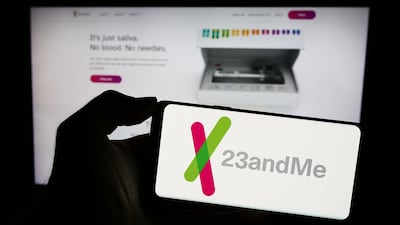The rarest IPOs in recent months have been in diagnostics, with only three completed so far this year—and two of those could be argued to be more genomics/drug discovery plays than true diagnostics (DNA chip firms Nanogen Inc. and Vysis Inc. went public in April, raising $39 million [See Deal], respectively). Nonetheless, we wondered how diagnostics companies that received the highest market caps in IPOs over the past two years fared against their smaller-cap counterparts on delivering rates of return to private investors.
In the chart below, we broke the IPOs out by range of post-money IPO valuations (greater than $100 million, between $50 and $100 million, and less than $50 million), comparing them by average pre- and post-money multiples of market cap to total private money raised. The results suggest that the low- and mid-cap companies drastically outperformed the large-cap ones, at least by this metric. Smaller deals generated nearly three and four times the returns shown by large cap IPOs, respectively. However, the small-cap results were significantly skewed by breath test developer Isonics Corp. , whose $4
Read the full article – start your free trial today!
Join thousands of industry professionals who rely on Medtech Insight for daily insights
- Start your 7-day free trial
- Explore trusted news, analysis, and insights
- Access comprehensive global coverage
- Enjoy instant access – no credit card required
Already a subscriber?







